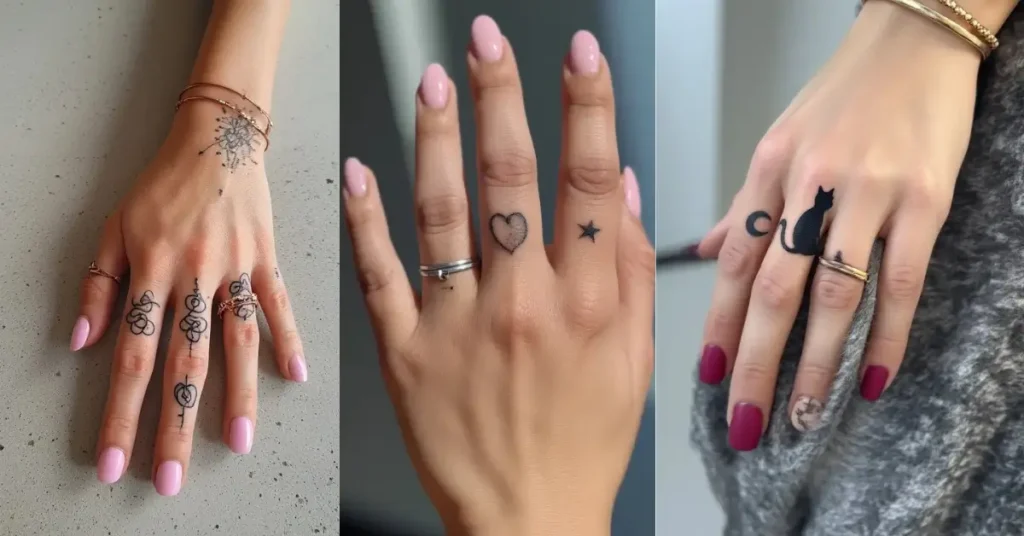100+ Meaningful Memorial Tattoos To Honor The Memory Of Someone You Love
Losing someone dear changes how you see the world. A memorial tattoo is a soft reminder that love doesn’t end when someone is gone. It is a quiet way of keeping their spirit close, turning memory into art and emotion into something permanent. Every remembrance tattoo tells a personal story. Some are small and private, […]
100+ Meaningful Memorial Tattoos To Honor The Memory Of Someone You Love Read More »









